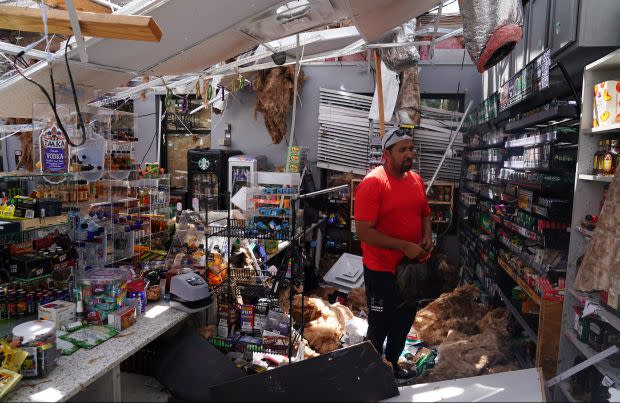Hurricane Laura’s impact on Louisiana puts a spotlight on US poverty

Even before Hurricane Laura hit the shores of southern Louisiana early Thursday (Aug. 27,) communities across the state were suffering from some of the highest levels of poverty in the country. The pandemic only made that financial situation worse with job losses in industries like tourism, hospitality, and the oil industry.
Then at 1 am, a Category 4 storm made landfall near Louisiana’s border with Texas, and swept through the state’s southwestern communities. The hurricane knocked out power for more than 800,000 people in Louisiana and eastern Texas before it was downgraded to a tropical storm on Thursday afternoon. At least four people died, including a 14-year-old girl due to a falling tree.
Many of the most affected parishes in Louisiana have poverty rates well above the national average of 11.8%, according to the US Census. For example, Leesville and Lake Charles, where heavy rainfall and 150-mile-per-hour winds ravaged buildings, snapped power lines, and flipped over trailers, had poverty rates of 29.5% and 22.9% respectively in 2018.
Many US coastal communities vulnerable to hurricanes are poorer than average, according to an analysis by the Union of Concerned Scientists, a non-profit advocacy group. Many residents of those areas are also more likely to not have a car—which makes evacuating more difficult—and more likely to be Black.
Just as with Covid-19, these poor communities were less prepared and able to cope with this latest disaster, and will also have a harder time recovering.
Sign up for the Quartz Daily Brief, our free daily newsletter with the world’s most important and interesting news.
More stories from Quartz:
A probe has found click fraud malware on Chinese-made phones from Africa’s leading seller
The UK tested a classic psychological tactic by paying 64 million restaurant bills
